Student paper resources
Below you will find topics as defined by the World Food Prize Foundation, solution examples and suggested resources to help get you started in your research. Note, you find more links and material on the Swedish site.
PLANTS
Utilising plants to increase and improve food, nutrition, medicine, fibers, fuels and other products. For example: Research and breeding of improved plant varieties to increase crop yields, improve plant health and nutrition, resist diseases and pests, and improve adaptability to climate volatility
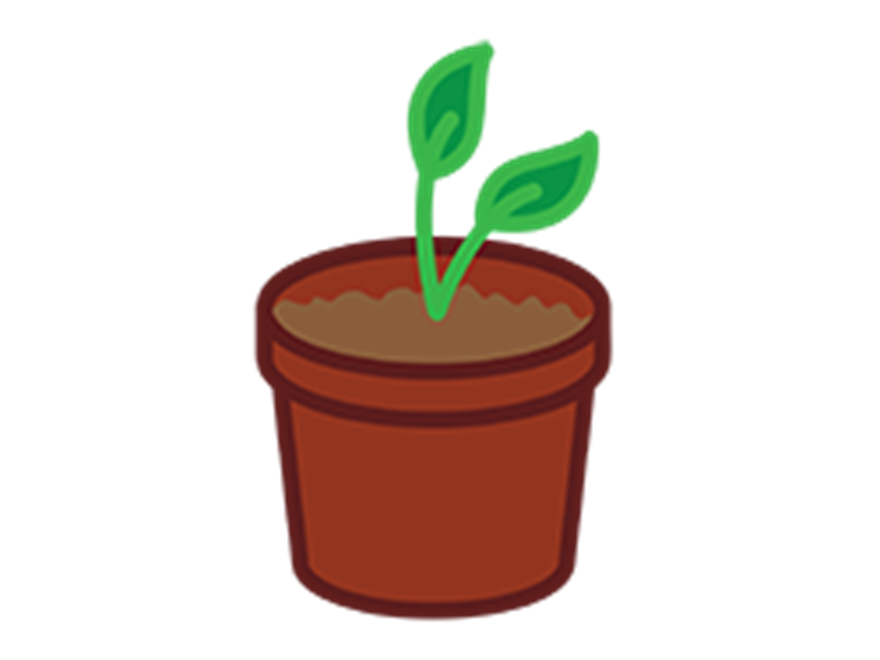
ANIMAL AGRICULTURE
Improving the care and breeding of livestock, poultry and fish. For example: Sustainable practices for raising livestock, poultry and fish, such as management intensive grazing, integrated livestock/poultry grazing, poultry/vegetable production systems, aquaculture and fish pond farming systems

POPULATIONS
The characteristics and movements of a population including urbanisation, migration and growth. For example: Education and family planning, urban agriculture, refugee resettlement, non-refoulement, and other efforts to meet the needs of populations in transition.

CONFLICT
Political, economic, environmental, or social disagreements, violence or armed conflict. For example: Indigenous rights, diplomatic efforts, negotiations, peacekeeping operations, truth and reconciliation committees, etc. to prevent and resolve conflicts.
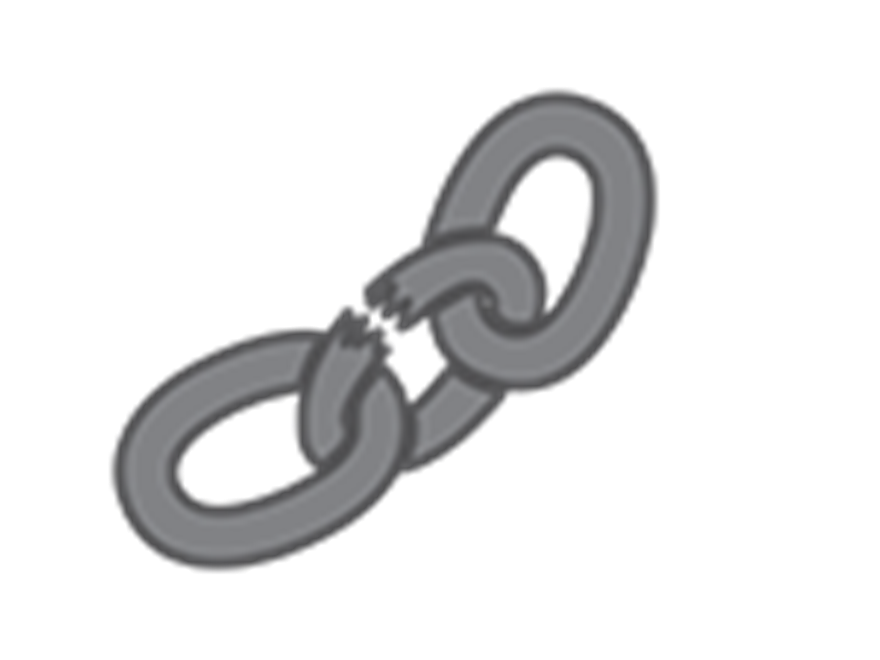
ANIMAL HEALTH
Protect and improve the health, safety, and quality of livestock, poultry and fish. For example: Preventing and treating livestock and poultry diseases with improved management, investments in vaccine development, improved veterinary care, and proper application of medications to avoid antibiotic-resistance.

WATER SCARCITY
The lack of available water resources to meet the demands within a region. For example: Reducing water usage, improving irrigation and agricultural practices, recycling wastewater, water pricing, desalination, protecting water rights, water harvesting, and improving conservation technologies

DIETARY DISEASES
Disease caused by unhealthy diets and a lack of exercise. For example: Addressing obesity, heart disease, diabetes, anemia, and other dietary diseases through nutrition education, access to nutritious foods, and healthy behavior (dietary diversification, food selection, portion-size control, exercise, etc.)
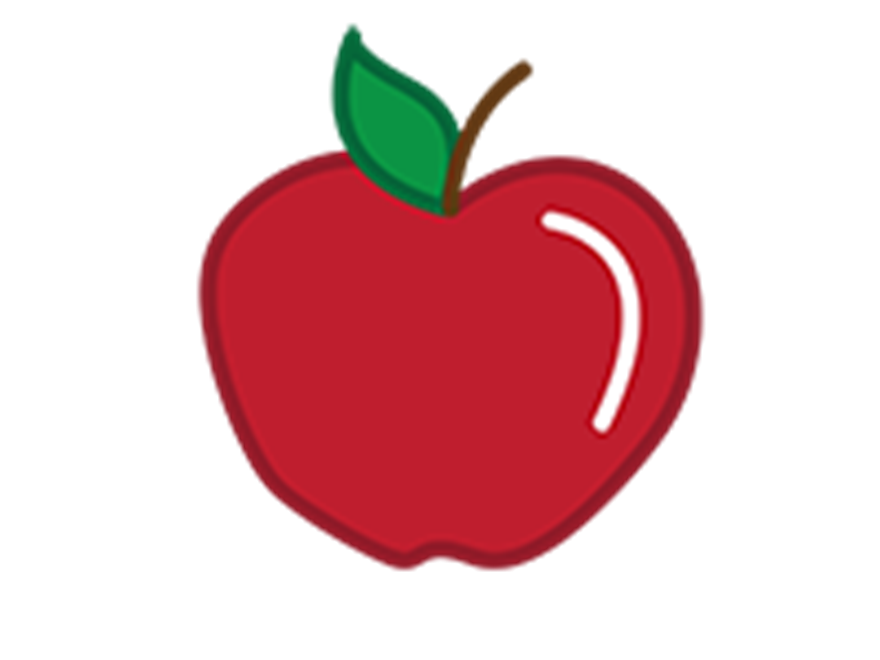
WATER AND SANITATION
Clean drinking water and adequate sewage disposal to improve human hygiene and health. For example: Increasing and improving sanitation, hygiene education, access to safe drinkable water, and adequate toilets or pit latrines, to reduce the transmission of food and waterborne illness.
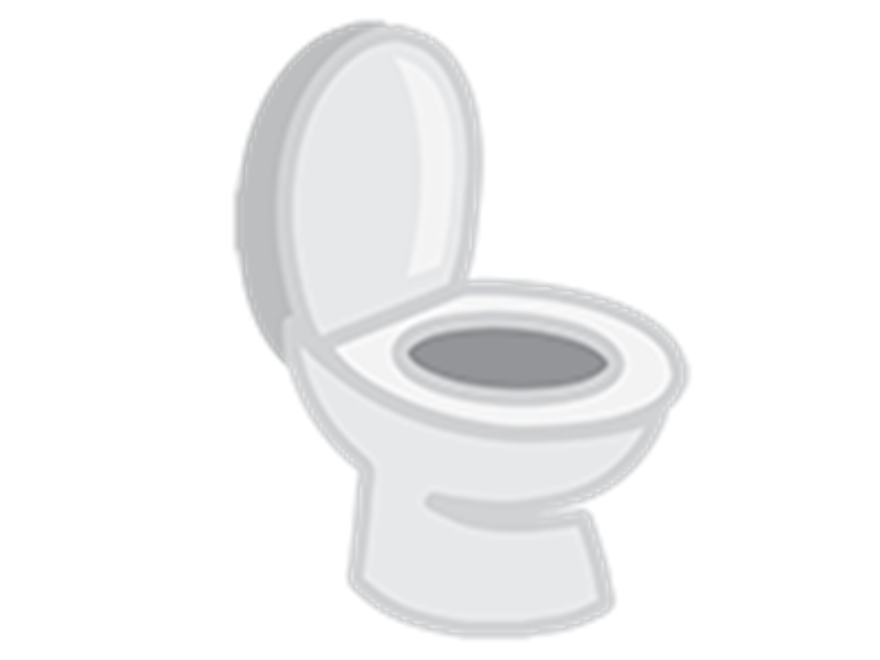
INFECTIOUS DISEASES
Infections and illnesses that can be spread from one person to another, or between animals and humans. For example: Treated bed nets; antiretrovirals; improved access to healthcare, vaccines, contraception, and sexual and health education to prevent the spread of Malaria, HIV/AIDS, Tuberculosis, Guinea Worm, Schistosomiasis, Sleeping Sickness, and other diseases.
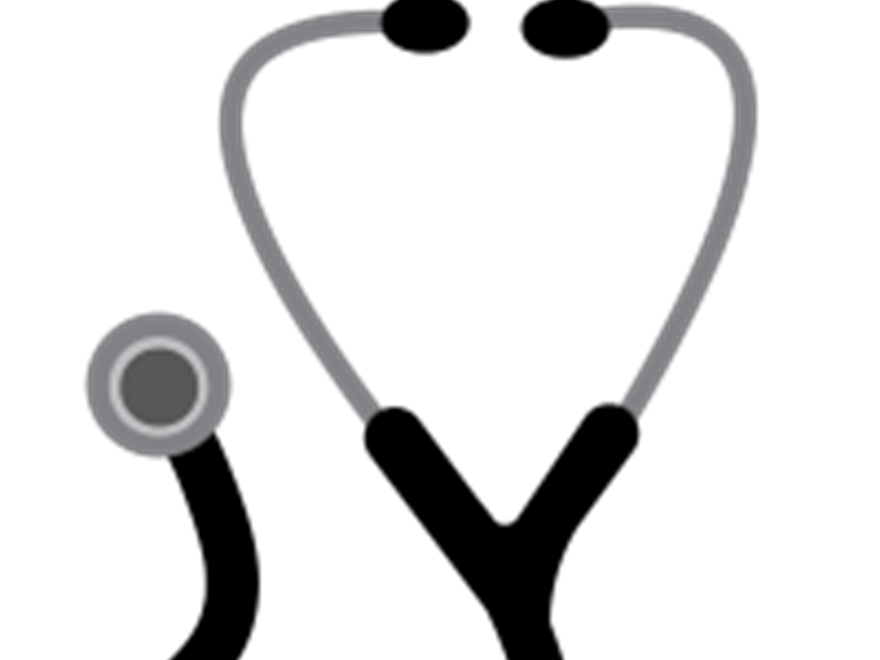
RENEWABLE ENERGY
Energy created from naturally occurring sources such as water, wind, solar and biofuels. For example: Clean energy technologies such as biodigesters; geothermal systems; cellulosic ethanol; biofuels from algae, switchgrass and other plants; biodiesel from grease, animal fat or plant oils; wind turbines; solar energy, hydroelectric power, etc.

CLIMATE VOLATILITY
Responding to significant changes in the Earth's climate and weather patterns. For example: Technologies, policies and practices that reduce the negative impact of erratic weather conditions, rising temperatures, flooding and drought, saltwater intrusion, shifting plant diseases, rising levels of carbon dioxide in the atmosphere, and support ecosystem and household resilience.
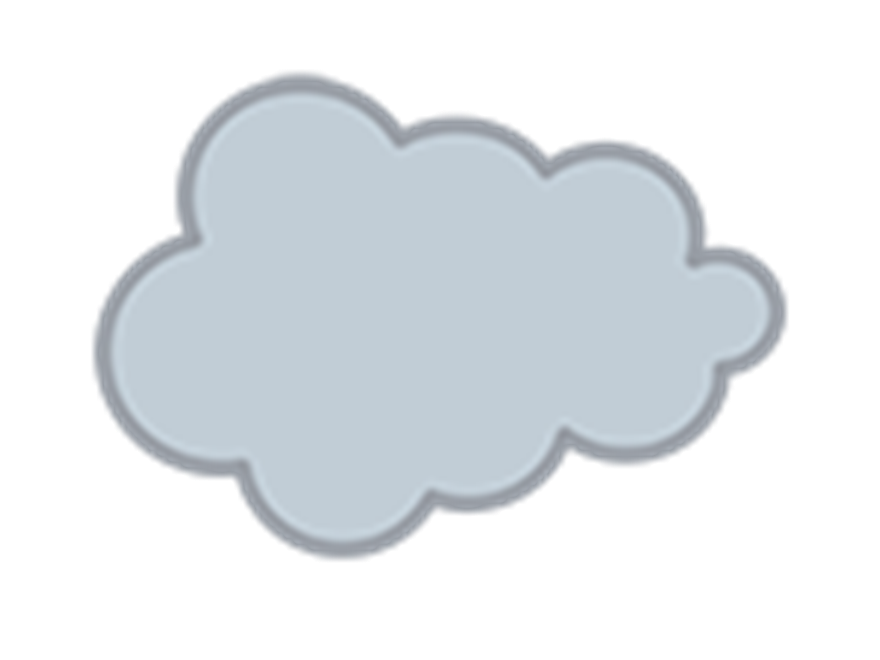
SPOILAGE AND WASTE
Food that is lost, spoiled or discarded in production post harvest, processing or consumption. For example: Reducing spoilage and improving the quality and shelf life of food products with improved storage, food preservation techniques and processing capacity; technologies and efforts to decrease insect and rodent damage; and changing human behaviour to reduce waste.

MALNUTRITION
Deficiencies, excesses, or imbalances in a person’s intake of energy, protein and nutrients. For example: Reducing micronutrient deficiencies (iron, vitamin A, iodine, zinc) and protein-energy malnutrition through improved access to nutritious food, exclusive breastfeeding, biofortification, food fortification, supplementation, school-feeding programs, nutrition education, emergency therapeutic feeding, etc.

SUSTAINABLE AGRICULTURE
Best practices to grow food and fiber for long term environmental, economic and social success. For example: Improved agricultural practices (such as cover crops, integrated pest management, agroforestry, crop rotation, and reduced tillage) to combat erosion, desertification, and soil nutrient depletion; reduce pesticide and herbicide use; and minimise environmental degradation.
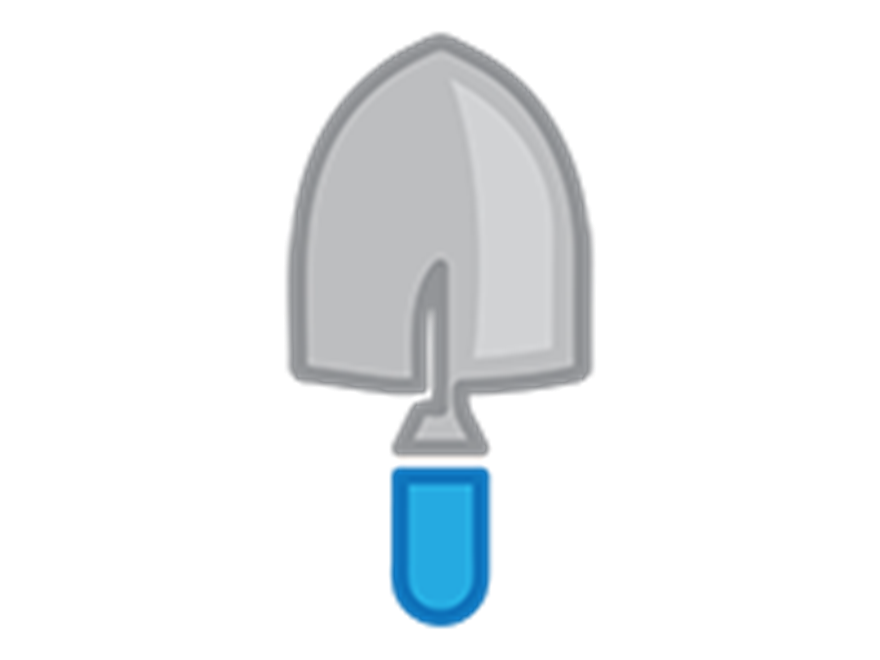
POLICY AND GOVERNANCE
The implementation of policies, processes and structures that determine how power is distributed and shared. For example: Policies and programmes to reduce corruption and improve accountability, transparency, responsiveness, rule of law, stability, equity and inclusiveness, empowerment, and broad-based participation.
EDUCATION
The delivery of knowledge, skills, and information. For example: Improving education, training and extension by investing in vocational education, farmer field schools, educational resources, information communications technologies (ICT), etc.

HUMAN RIGHTS
Rights that all people are equally entitled to regardless of their nationality, sex, race, ethnicity, religion, language, etc. For example: Ending gender, cultural and economic discrimination; preventing human trafficking; and providing essential rights and freedoms to protect human dignity.
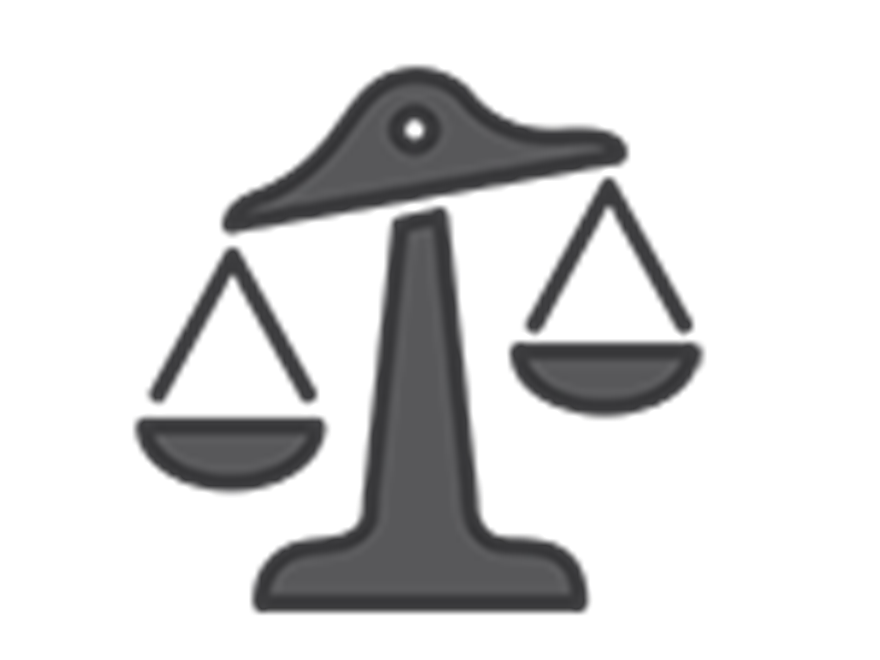
INTERNATIONAL TRADE
The exchange of capital, goods, and services between countries. For example: Efforts to encourage economic cooperation, promote free and fair trade, improve market access, encourage fair labor standards, and the use of tariffs, subsidies, testing, labeling and licensing.
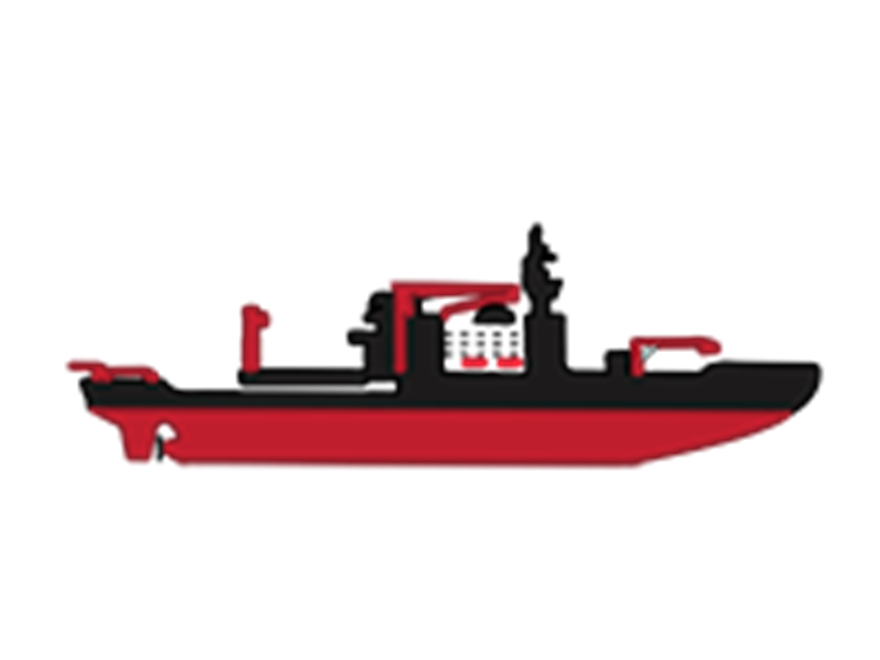
FOREIGN AID
Assistance given by one nation to another for humanitarian relief or development efforts. For example: Efforts to assist vulnerable populations, protect public health, and improve the effectiveness of humanitarian relief and food aid in famines, conflict zones and natural disaster.
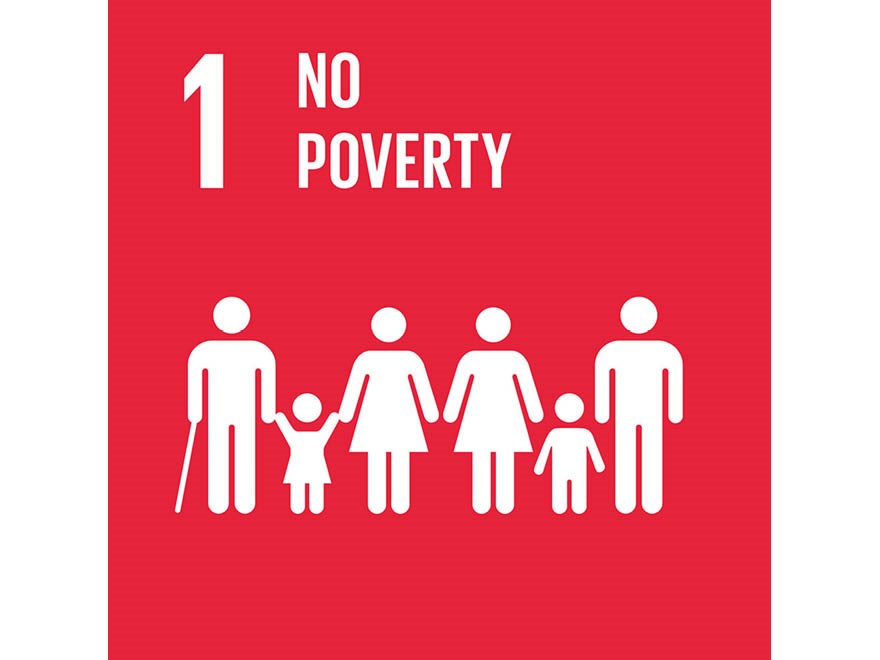
INFRASTRUCTURE
The physical structures and facilities critical for the operation of a society. For example: Investments in roads and railways, power generation and household electrification, housing, internet, mobile technologies, etc. to improve access to markets, healthcare, and education.
